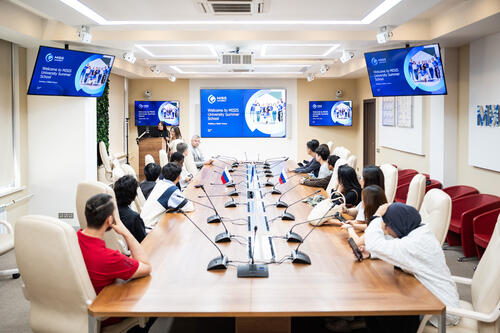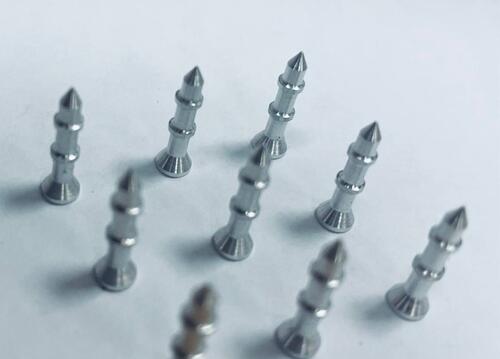An international group of researchers from Russia, Greece and Kazakhstan made an important discovery for enhancing the effectiveness of lasers, including those used in medicine. The results of their project have been published by Scientific Reports (part of the Nature publishing group).
The group includes researchers from the NUST MISIS (Moscow, Russia), the Crete Center for Quantum Complexity and Nanotechnology (Heraklion, Greece), the Foundation for Research and Technology — Hellas (Heraklion, Greece) and Nazarbayev University (Astana, Kazakhstan). They have discovered turbulent chimeras in large semiconductor laser arrays that influence laser properties.
Chimera states were first reported for identical and symmetrically coupled phase oscillators in 2002, when it was discovered that part of the system could synchronize, as in laser emission, while the other part remained incoherent. The chimera state is a transition state between full order (perfectly coherent oscillation) and full chaos (incoherent oscillation). When the behavior and coherence size change irregularly, this chimera is identified as turbulent. However, the origin of turbulent chimeras remained unclear.
The authors of this project studied a large array of 200 unsynchronized semiconductor lasers in an attempt to understand the mechanism of the occurrence and the properties of this unusual state. During experiments, part of the laser array gradually synchronized, whereas the other part demonstrated incoherent behavior that is characteristic of the predicted turbulent chimera.
“My colleagues and I have studies an array of superconductor lasers because such arrays of coupled nano-lasers have been created experimentally. However, we believe that similar results will be soon obtained for other laser arrays. In addition, laser arrays require less energy than large lasers and are easier to create”, said Professor Georgios Tsironis, senior researcher at the NUST MISIS Superconducting Metamaterials Laboratory.
The researchers are now planning to find a way to control turbulent chimeras, which would enhance the effectiveness of large laser arrays. This discovery could be utilized in fiberscopes used in laser medicine and various sensors, because it allows for adjusting the sensing picture by excluding the oscillation of the coupled lasers, the article notes.





